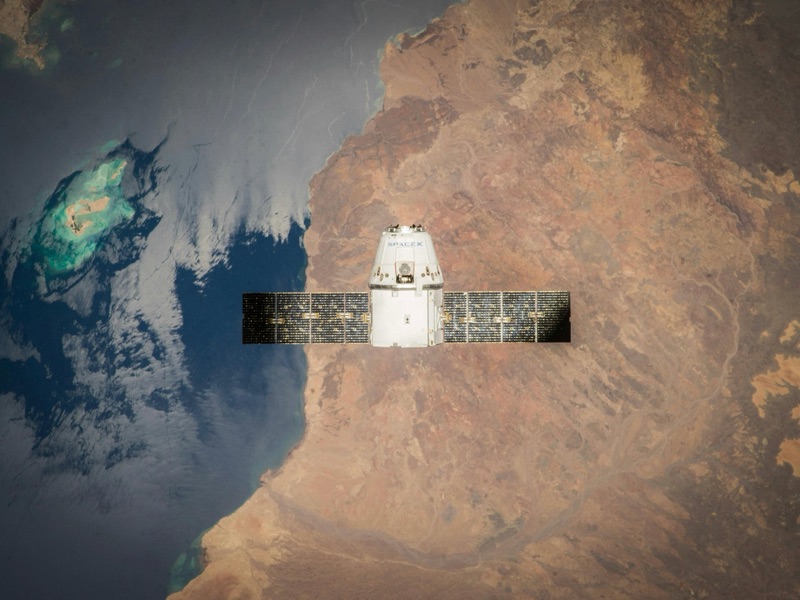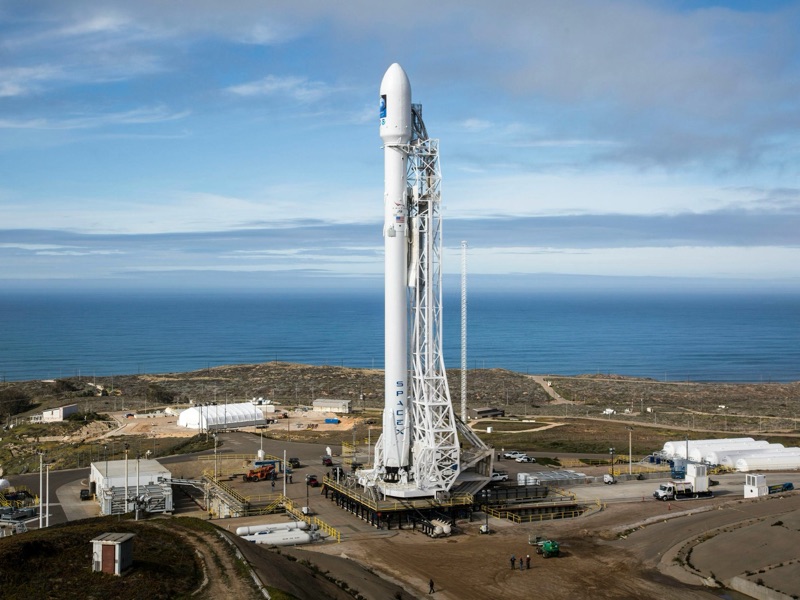In recent years, space-based internet has emerged as a promising technology capable of transforming global communication. Led by ambitious projects like SpaceX’s Starlink, low Earth orbit (LEO) satellite networks aim to bring high-speed internet access to even the most remote corners of the planet. While these innovations offer exciting possibilities for bridging the digital divide, it's important to understand their limitations, especially in critical scenarios such as emergency communications.
What Is Space-Based Internet?
Space-based internet typically refers to internet services provided via satellites orbiting Earth. Unlike traditional geostationary satellites, which orbit at about 35,786 kilometers above the equator, newer systems like Starlink operate in low Earth orbit at altitudes ranging from 340 to 1,200 kilometers. This proximity reduces latency and allows for higher-speed data transmission.
Starlink, developed by SpaceX, is currently the most advanced and widely deployed LEO satellite network. As of mid-2025, Starlink has launched over 6,000 satellites and serves millions of users across dozens of countries. Other competitors, such as Amazon's Project Kuiper and OneWeb, are also developing LEO satellite constellations, but Starlink is currently the market leader in deployment and functionality.

How Starlink Works
Starlink users connect via a ground-based terminal — often referred to as a "dish" — which communicates with satellites overhead. These satellites relay signals to and from ground stations connected to the internet backbone. The result is a high-bandwidth, low-latency connection that can be set up in places where traditional internet infrastructure is unavailable or unreliable.
Starlink has proven especially useful in rural areas, on boats, in RVs, and in disaster zones where terrestrial networks have been damaged. However, while its mobility and performance are impressive, there are significant limitations when it comes to relying on systems like Starlink in emergency or life-threatening situations.
Space-Based Internet and Emergency Communications
There’s a growing trend of using Starlink and similar systems in mobile applications — mounted on vehicles or carried into the field. While these setups can be useful for routine operations or remote fieldwork, they should not be relied upon as a primary method of emergency communication.Here’s why:
- Power Dependency: Starlink terminals require a continuous power supply, often from a vehicle battery or portable generator. In an emergency where power sources fail, this can render the system inoperable.
- Setup Time and Orientation: Although Starlink's newer models are more mobile-friendly, they still require correct orientation to connect with satellites. In high-pressure emergencies, this setup time can delay communications.
- Mobility Limitations: If the terminal is vehicle-mounted, and the vehicle becomes damaged, disabled, or destroyed (for example, by fire or a crash), the communication system is lost with it. In rapidly evolving emergencies where individuals need to move quickly on foot, fixed or vehicle-mounted systems are not practical.
- Network Saturation: In disaster scenarios, local network congestion can occur if many users are trying to connect to the same limited bandwidth provided by nearby satellites.

The Best Tools for Emergency Communication
For those venturing into remote areas or preparing for disaster response, redundancy in communication tools is critical. The most reliable options for emergency communications are:
Satellite Phones: Satellite phones, such as those from Iridium or Inmarsat, provide voice and text communication globally. They are compact, battery-powered, and can operate independently of local infrastructure. Because they rely on direct communication with satellites rather than ground-based networks, they remain functional during terrestrial network outages. These are the most robust option in life-threatening or remote scenarios.
Satellite Messenger Devices: Devices like Zoleo, Garmin inReach, and SPOT offer text-based messaging, location tracking, and SOS alerts via satellite networks. These devices are smaller and more affordable than satellite phones and can integrate with smartphones via Bluetooth. While they do not offer voice capabilities, they are excellent for keeping in touch and triggering emergency services with location data.
Radio Communications (as backup): In some cases, high-frequency (HF) or very high frequency (VHF) radios can serve as a local communication backup. However, these typically require line-of-sight and are limited in range unless relayed through networks or repeaters.
Looking Ahead: The Role of Starlink and Space-Based Internet
Despite these limitations, Starlink and similar systems are playing a growing role in expanding internet access globally. Schools in rural areas, communities in the Global South, disaster recovery teams, and maritime industries have all benefited from improved connectivity.
As technology improves, we may see more robust, portable versions of space-based internet terminals that can better serve emergency situations. Integration with other technologies — such as portable battery packs, solar charging, and automated satellite tracking — may close some of the current gaps.
However, for now, it is crucial to understand that space-based internet, including Starlink, is best suited as a high-performance data link — not a primary lifeline in emergencies.

Conclusion
The rise of space-based internet is a major milestone in global connectivity. Projects like Starlink are reshaping how we think about digital access, offering real benefits to people in underserved and hard-to-reach locations. Still, when it comes to safety, preparedness, and emergency response, traditional satellite communication tools like satellite phones and messenger devices remain the most dependable options. Responsible use of technology requires understanding both its strengths and its limits — and knowing when it’s time to reach for a tool that’s built for survival.